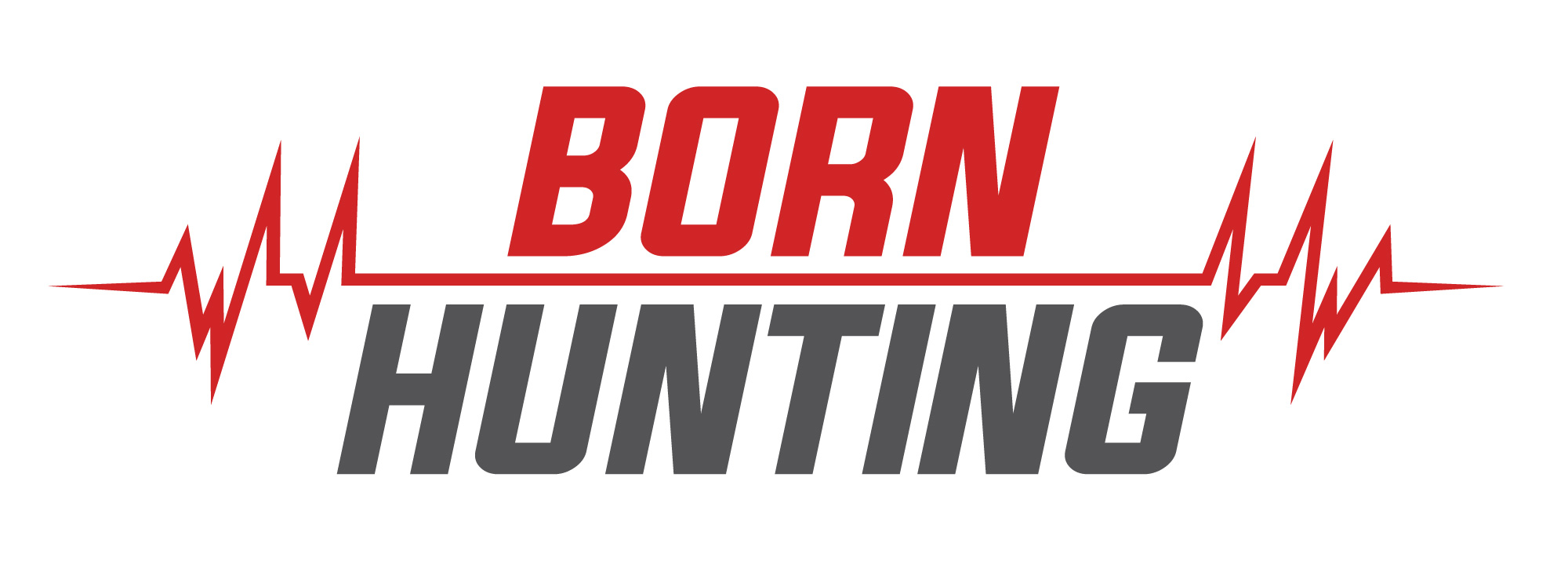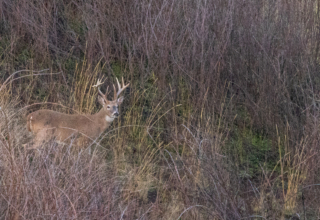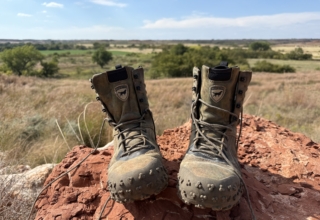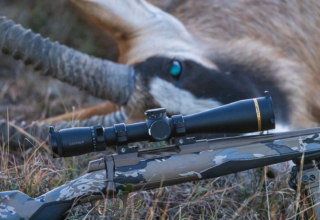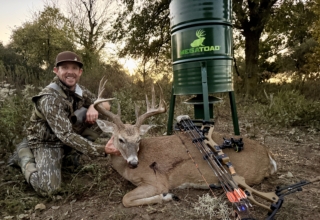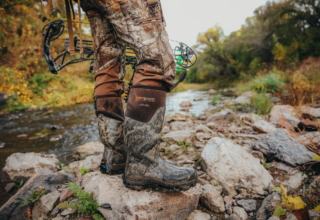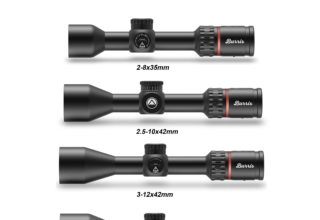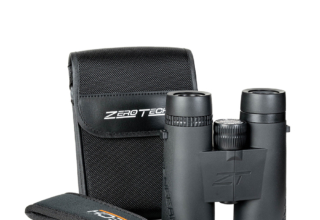Excellent, field-tested duck hunting gear you need to know about.
by Scott Haugen
When writing about hunting gear, I’m an anomaly in the outdoor industry. Some writers can create content on gear they’ve had limited experience with. Sometimes they’ve never tested it, just pulled from press releases in order to generate timely content. I’m guilty of doing both over the years. But rarely.
I don’t like writing about products unless I’ve personally used them. And not just once. I like using something all season, in various conditions and hunting situations. If a product is good, it will be around for a while, so there’s no rush to punch the “purchase now” button. I prefer sharing insights based on experience, and that takes time.
With waterfowl season winding down, now is the time to start the search for gear you need to replace, upgrade, or invest in for next season. Here’s a look at some top-performing gear I tested.
My standby 12-gauge shotgun is still Browning’s Maxus II. Day in and day out, this workhorse just kills ducks. I fitted it with a Müller Decoy Choke on close-range hunts this season. I used a Müller Passing Choke when hunting open spaces or with groups of hunters where the urge to shoot often results in pulling the trigger too soon.

The Passing Choke is also a great choke for windy days and when having to accurately head-shoot tough divers and sea ducks. The performance of the Müller Chokes made this awesome gun shoot even more precise. I was so impressed that I got a set of Müller chokes for my Dad’s Maxus II. He’s 84 years old, hunts ducks three times per week, and shot lights-out with the Passing Choke.
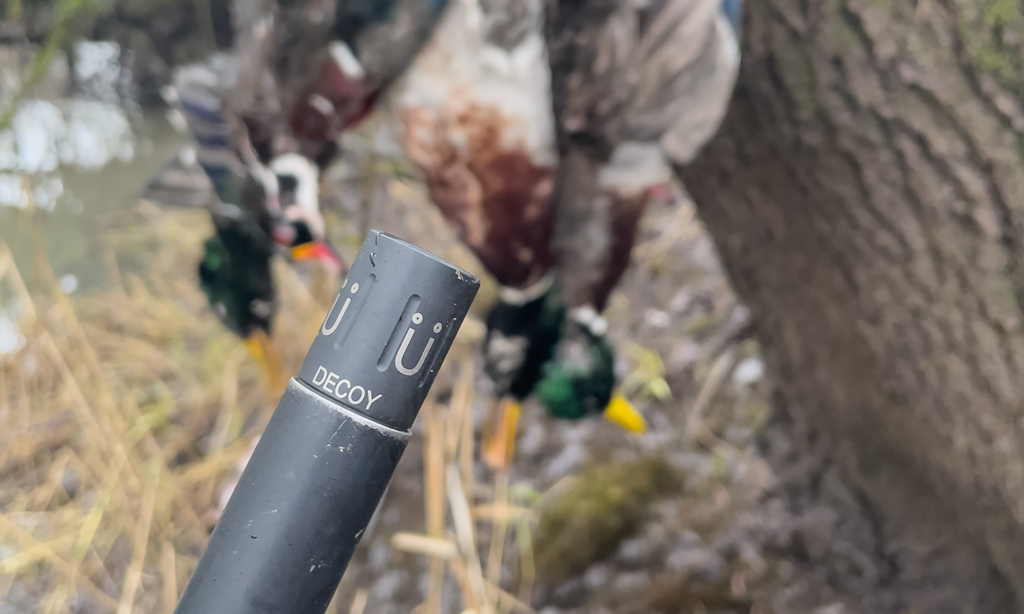
I’ve shot several inertia guns over the years, but was not fond of them until this season when I tested Benelli’s Performance Shop Ethos Cordoba A.I. BE.S.T. 12-gauge. It impressed me so much that I kept shooting it, dropping just shy of 200 birds. This gun shoots accurately from sea ducks to divers, late-season mallards to fast-flying teal. The Advanced Impact design features an internal barrel profile and proprietary chokes unique to Benelli’s A.I. system. This profile formula increases the velocity of whatever shell is used compared to shooting with a standard barrel. The greatervelocity results in more energy, which testing has shown can generate up to 50 percent greater penetration downrange. I saw this in many of the birds that fell to it.

Browning’s Silver Field 20 Gauge is still my sub-gauge of choice. Hunting holes in the timber, creeks, flooded ditches, or where I’m in control of when and where shots come is enjoyable and efficient with this seemingly flawless gun. It shoots a range of loads exceptionally well. Last season, I was elated with its performance using a Müller Decoy Choke and shooting Kent’s new TealSteel Precision Steel in 6 shot. This one-ounce load moves at 1,250 fps, perfect for dropping backpedaling ducks at close range, including fat mallards.
On the topic of shotgun shells, I found myself dipping into a flat of Baschieri & Pellagri Dual Steel in size 2 and 3 shot, a lot. The 1-1/4-ounce load moves at 1,425 fps and shoots lights-out in the Browning and Benelli guns. I used this load on everything from mallards to scoters to bluebills and wigeon. I also shot it when picking late-season sprigs and traveling across the country to shoot two black ducks, a bucket list species for me. I picked up another flat, which also became my Dad’s go-to load. We have one box left. I’ll be restocking soon for next season.
When hunting canvasbacks in foul weather and puddle ducks on extreme high-wind days, I like a heavier shot that bucks the wind, travels far and fast, and kills ducks. I don’t like chasing cripples.
Enter HEVI-Shot’s HEVI-XII. This tungsten load isn’t cheap, but it’s lethal, meaning if you shoot well, you’ll fire fewer shells to kill a limit and have less water swatting to do. I like 4-shot for puddle ducks and 2-shot for divers and sea ducks. The 1,500 fps loads shoot well in both my 12s. This is my home run load when shooting a .410 for ducks in size 6 shot.
As for blind bags, the new MOmarsh Element WaterBox is an outstanding, harsh-weather option. This 25-liter bag is waterproof, including the zipper. The dividers can be customized to fit the needs of every hunt, wherever it may be. When my hunting buddy saw mine, he immediately got one. It became his blind bag for the rest of the season. On a recent hunt, we sat in thigh-deep water with the WaterBox floating at his feet the whole time. We hiked across more than 200 yards of open water to get back to the truck when the hunt was over, and he dragged the WaterBox in the water every inch of the way. Everything inside was bone-dry. It’s rugged enough to toss into a decoy cart, easy to pack on a shoulder, and simple to hang from trees when hunting timber.
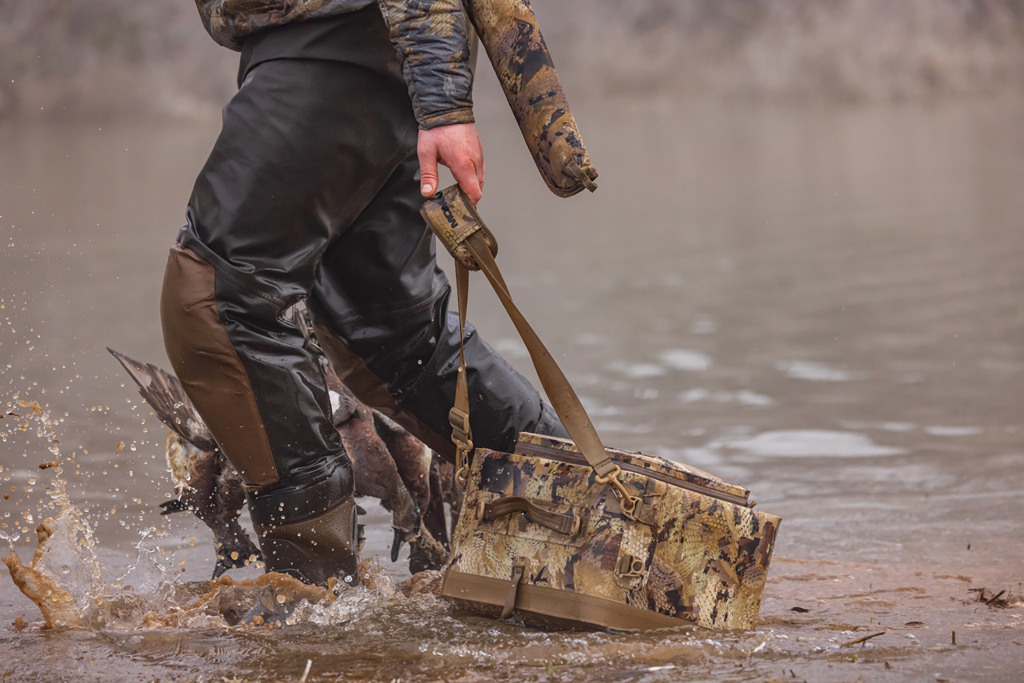
YETI’s LoadOut GoBox 30 is a nice hard case I rely on when hunting from boats. It’s rugged and roomy enough for lunch, drinks, extra shells, camera gear, and other essentials. It’s perfect for stormy weather hunts where a soaking wet dog shakes inside the boat after each retrieve. I like the smaller GoBox 15 when hunting from prams or Marsh Rats and when pushing a decoy cart into flooded fields.
We can’t use motorized decoys in my home state of Oregon, so seeing the MOJO Mallard Machine in action on a North Carolina trip was a treat. The Mallard Machine’s continual movement added realism to the small spread, drawing in black ducks, mallards, gadwall, and woodies, and it kept the ice hole open every morning. Morning temperatures ranged into the ‘teens, and after breaking the ice, the MOJO Mallard Machine kept the hole open. Ducks landed in the small, open water every morning before shooting light and kept coming until we left with full straps. If Oregon ever lifts the no-motorized decoy rule, this is the first motorized decoy I’ll buy.
The new Final Approach Live Fully Flocked Northern Shoveler Floating Decoys were a game-changer in this season’s final weeks. These highly visible decoys worked great in late-season spreads, capturing the attention of distant, leery pintails, mallards, wigeons, and spoonies. The fully flocked surface enhances the visibility of these decoys in all lighting conditions and reduces glare, while the detailed paint and anatomically perfect design pop.
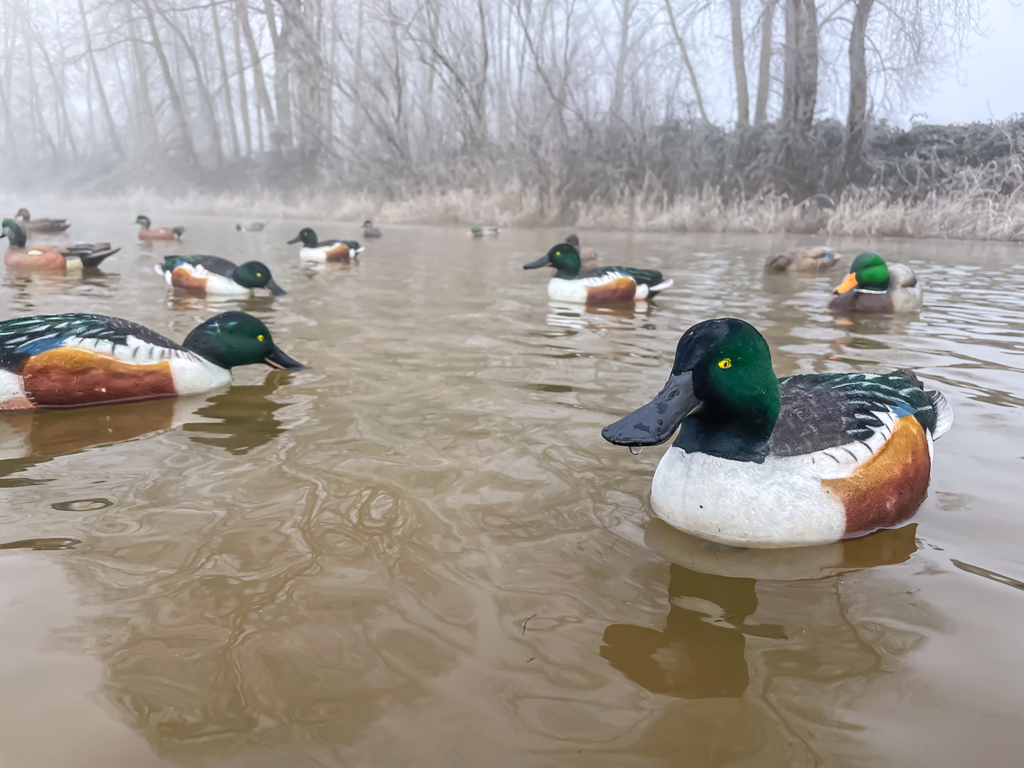
This season, I was impressed with Big Al’s updated mallard silhouettes. Their lighter color is easy to see from a distance, and the natural body positions clearly appealed to ducks. They’re great for capturing the attention of ducks in low-light conditions and when hunting dark holes in the timber and creeks.
Motion Ducks Spreaders have been my jerk line of choice for years, and their new Shallow Water Spreader was excellent this season. I used it in flooded fields for mallards and wigeon and in skinny creeks, sloughs, and flooded orchards. On an afternoon wood duck hunt, the water rapidly dropped in a hazelnut orchard, and all the woodies landed on the edge of the waterline. The Shallow Water Spreader ran great in only a few inches of water, allowing my friend and I to create a realistic set the wood ducks couldn’t resist.
When hunting black ducks on the East Coast, my buddy from Oregon, Austin Crowson, joined me. One morning, we hunted with a national champion caller who complimented Crowson on his calling. He asked Crowson what calls he was running. When Crowson told him they were a pair of double-reeds—the Dubar and YOLO from Slayer Calls—the gentleman hadn’t heard of them. Now he knows. And that’s how word spreads about great products. These two calls were Crowson’s and my calls of choice all season in various situations for multiple species. Quality, realistic sounds are critical, especially late in the season, and these calls deliver every time out.

Two items that deserve a closer look are a bird strap and a blind stool. ALPS’ Stealth Hunter Deluxe four-legged chair is sturdy, comfortable, and lasts all season in a fixed blind I hunt twice weekly. It withstood buckets of rain and weeks of ice and still looked and worked like new at season’s end. I tried talking my Dad into using it, but he stuck with his ALPS Triad stool, which just made it through its second season.
I liked Heyday Outdoors’ Bare Strap so much, I got some for my friends. Then, those friends got some for their friends. I like the Two Bare Tote with six drops on each side, each connected to its own carabiner. These are tough as nails, light, and streamlined, and hold even tiny teal and snipe by the feet. They make it easy to transport game birds of all kinds.
I wore Sitka’s Delta Zip Waders on every duck hunt last season, where waders were a must. These waders’ fit, performance, and boot comfort are exceptional, and they just made it through their second season without a flaw. I don’t know how many miles and hours I’ve logged in them, but it’s a lot in a range of conditions, including thick mud and sticks, briars, ice, and more.
I wore PAKA’s Thermal Baselayer on every hunt, with the outer layer ranging from sweatpants to Sitka’s warm and comfortable Gradient Pant and Duck Oven Jacket. If temperatures are mild or rainy, I’ll drop the Duck Oven Jacket and go with Sitka’s Delta Wading Jacket, which has proven itself on many hunts in Oregon, where torrential rain and heavy fog are almost always present.
On boat hunts for divers in bays and big lakes, Grundéns Neptune Thermo Bib was tough to beat. The medium-weight, polyurethane-coated fleece-lined fabric is comfortable and stretches, making getting up and down and swinging on birds simple and fast. Grundéns Portal GORE-TEX Wading Jacket performed to perfection on multiple hunts. The protection and warmth this jacket provides against high winds, driving rains, and boat spray are exceptional. It works well with rain pants, bibs, and waders and is great for fishing, too.
There you have it. Gear I tested on over 75 hunts in a range of conditions. I’ll be using all of it again next season, which can’t get here fast enough
